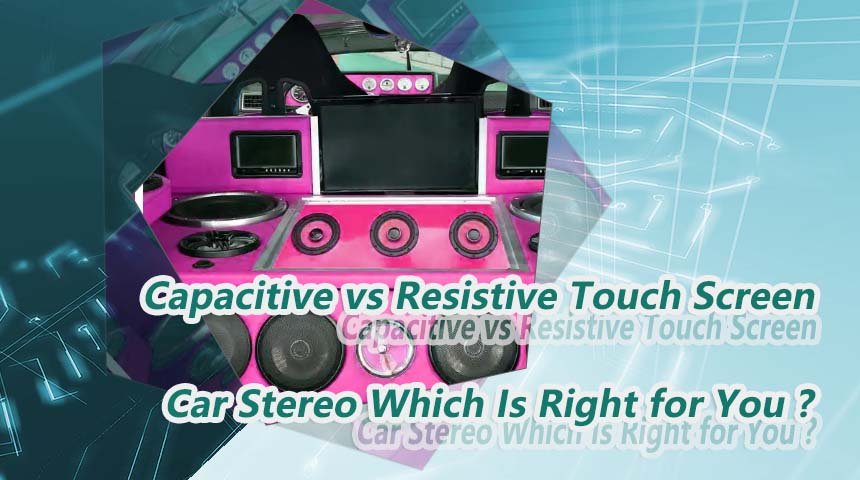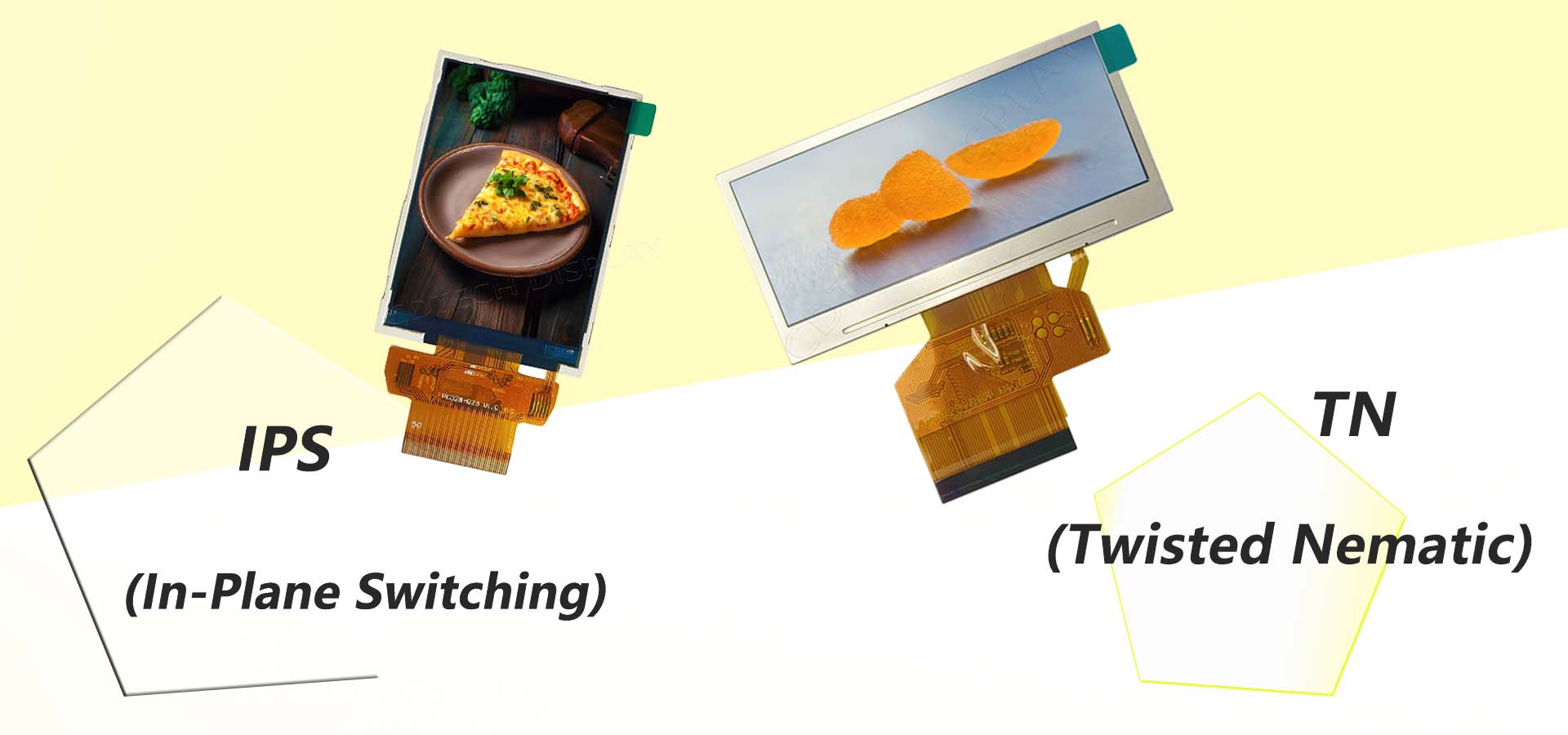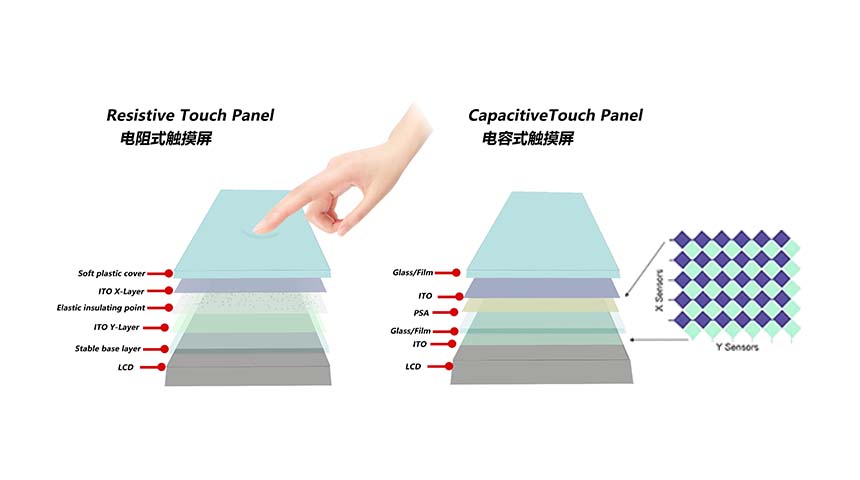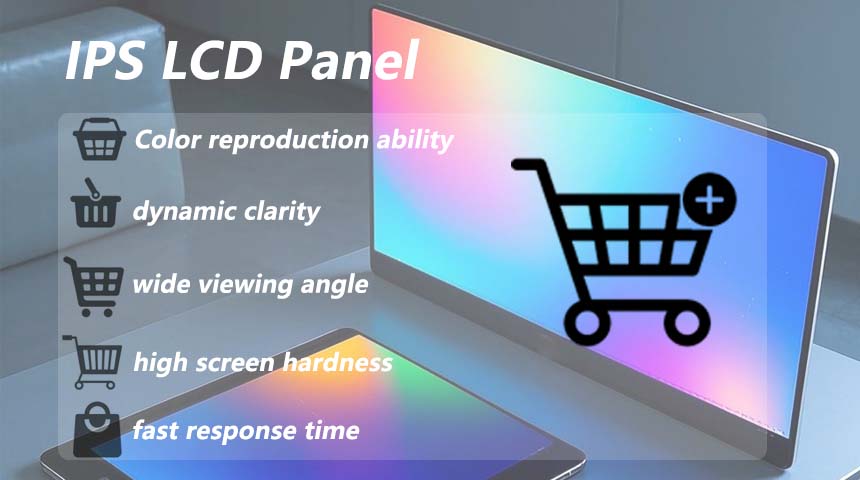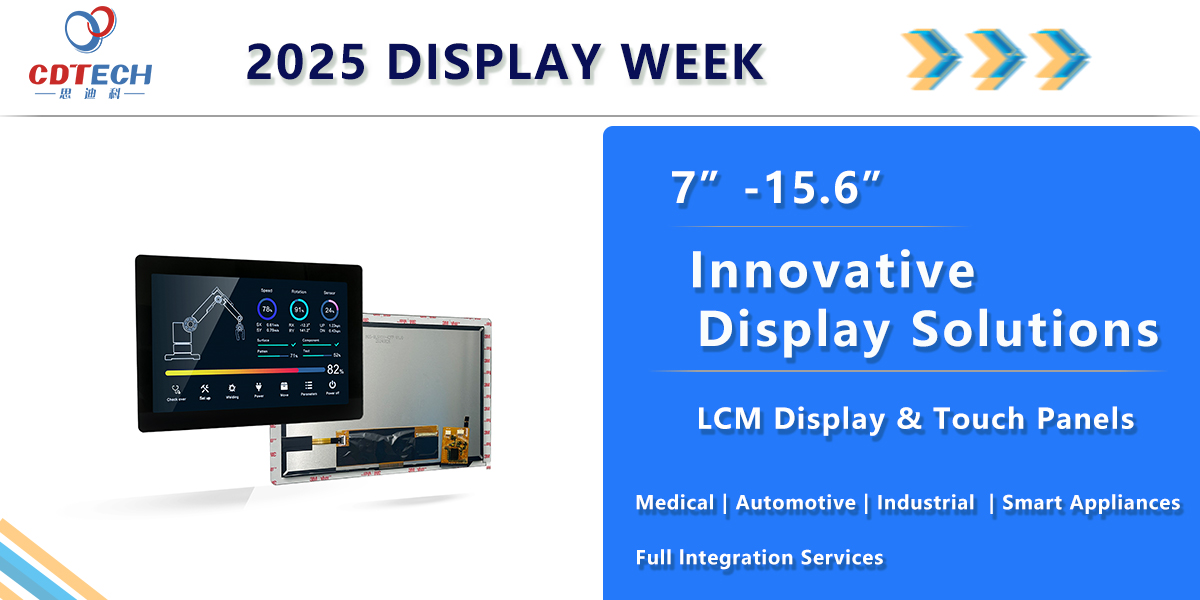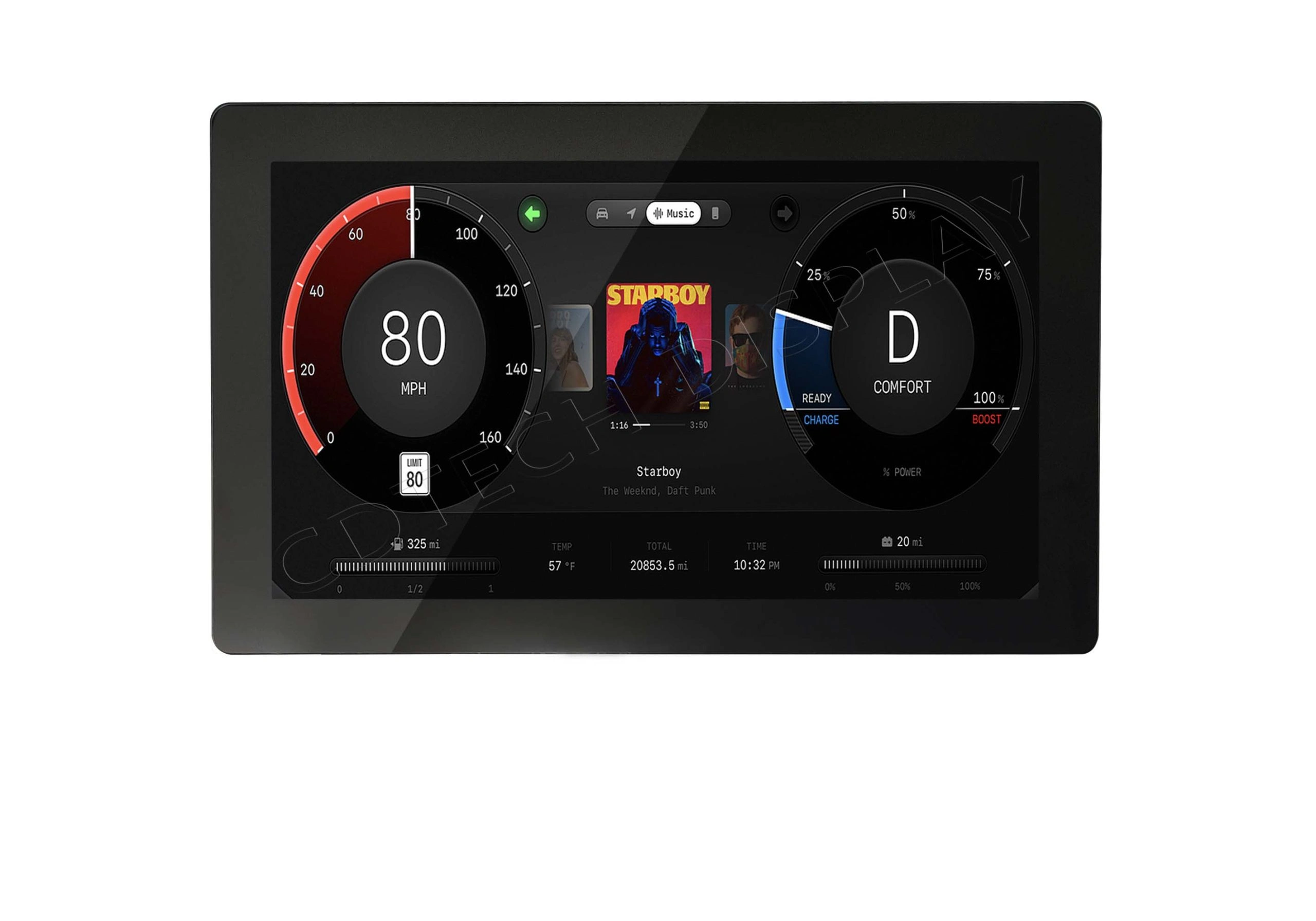Exploring What is Capacitive Touch Screen Technology and Its Advantages
What’s the Deal with Capacitive Touch Screens?
Understanding What a Capacitive Touch Screen Is
A capacitive touch screen is a slick, modern way to interact with digital displays using the electrical vibes of your body. Unlike older tech that needs you to press hard, these screens pick up touch through shifts in an electrostatic field.
How Does a Capacitive Touch Screen Work?
The capacitive touch screen working principle is all about catching changes in capacitance when something conductive, like your finger, hits the screen. It senses shifts in the screen’s electrostatic field without needing any pressure. This makes it super responsive and tough enough to last.
What Materials Go into Capacitive Touch Screens?
Capacitive touch screens usually use glass coated with a see-through conductive material like indium tin oxide (ITO). They’ve got layers like cover glass and sensor film, depending on the type of capacitive touch screen technology. These materials keep things clear and durable.
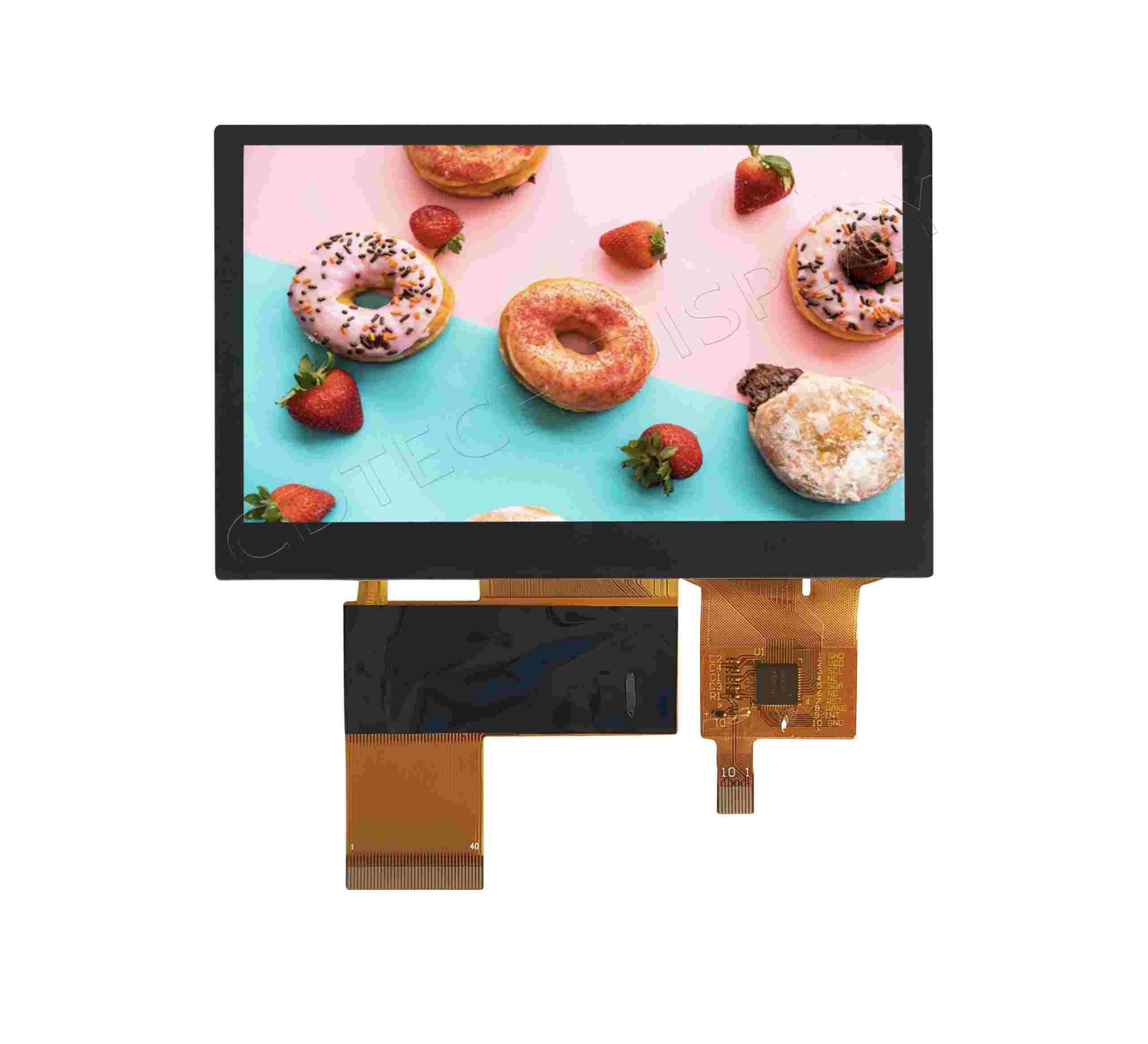
What Are the Different Types of Capacitive Touch Tech?
Surface Capacitive
Surface capacitive tech uses one conductive layer under the glass. When you touch it, it pulls a tiny current based on how far your touch is from the panel’s corners, which helps figure out the spot. It’s great for simple stuff but isn’t big on multi-touch.
Projected Capacitive (PCAP)
Projected capacitive technology is the star today because it’s super sensitive and handles multi-touch like a champ. It works by sending out an electrostatic field through multiple layers and spotting changes when you touch it.
Capacitive touch screen displays allow for touch gestures and respond to multi-touch inputs. This makes PCAP perfect for gadgets like smartphones and tablets that need high interactivity.
Mutual Capacitance vs. Self Capacitance
Mutual capacitance uses a grid of rows and columns to detect capacitance changes at each crossing, nailing precise multi-touch detection. Self capacitance checks individual electrodes’ changes but can trip up when multiple touches happen at once.
Which Is Better: Resistive or Capacitive Touch Screen?
Picking between resistive and capacitive depends on what you need for your project.
What’s the Big Difference Between Resistive and Capacitive?
Resistive touch screen panels work by sensing pressure on the top layer, sending a signal to the circuit layer to trigger action. They’re cool with any object, like gloved hands or styluses.
Capacitive touch screen displays react to conductive stuff like your fingertip and don’t need pressure to register a touch. They support multi-touch gestures and look sharper thanks to their build.
Where Does Each Type Shine?
Capacitive touchscreens are awesome for stuff needing speed, clear visuals, and lots of interaction—like smartphones, medical gear, car dashboards, or retail kiosks.
Resistive screens are less picky but won’t react to accidental water splashes or debris. They’re great for tough spots like construction sites or industrial controls where gloves or styluses are common.
How Can You Tell If It’s Resistive or Capacitive?
Try using a pen cap or gloved finger. If it works without pressing hard, it’s likely resistive. If only your bare finger gets a reliable response, it’s probably capacitive. Also, capacitive screens tend to look brighter and crisper.
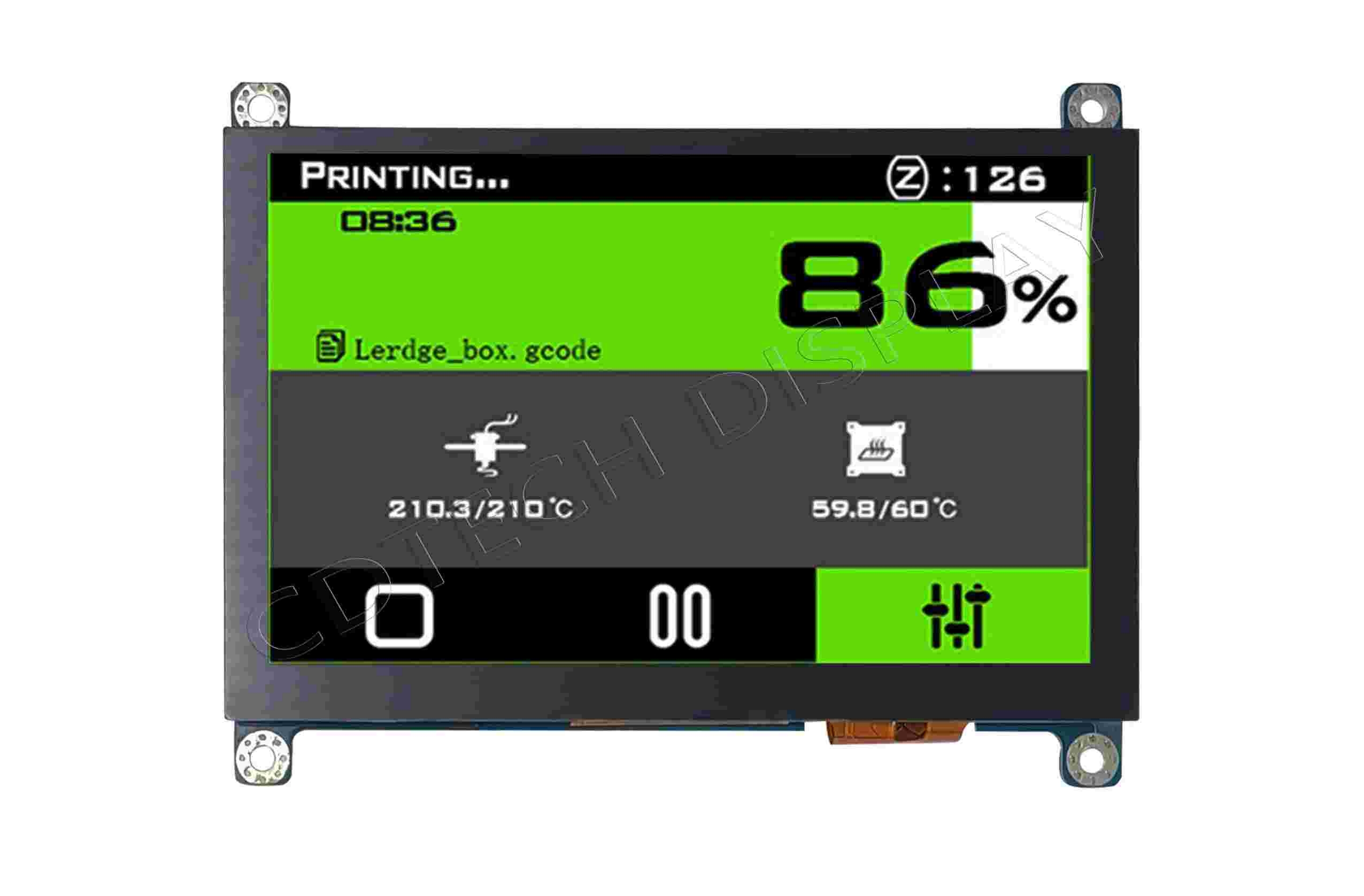
Meet CDTech and Its Capacitive Touch Screen Solutions
Who’s CDTech and What Do They Bring to the Table?
We at CDTech focus on top-notch display solutions built for industrial use. Our lineup includes IPS capacitive touch screen LCDs and TFT LCD capacitive touch panels that mix high performance with rugged designs for tough settings.
Key Features of CDTech’s Capacitive Touch Displays
Super Sensitive with Multi-Touch
Our 5.0-inch TFT LCD panel uses a GT911-driven capacitive touch panel via I2C interface that delivers responsive and accurate interactions across multiple points of contact.
Tough and Ready for Harsh Conditions
CDTech’s LCD products have high quality reliability, allowing customers to use them for a long time without easily breaking down. We recommend storing our products in environments with appropriate temperature and humidity levels to maintain long-term performance. It’s best to wear anti-static gloves or finger cots during operation and ensure solid grounding.
Custom Options for Industrial Needs
CDTech can provide different sizes of capacitive touch panels to match the LCD module, and even can provide diversified CTP customisation services, including waterproofing, glove operation support, active/passive pen compatibility, custom cover glass shape/thickness/materials, UV resistance coatings (AG/AF/AR), IK ratings, USB/IIC interfaces, etc. We can design G+G or GFF (film sensor) structures and support COG/COB designs for CTP-FPC.
Industries That Prefer CDTech’s Capacitive Tech
Our displays are made for sectors like industrial automation systems, medical devices needing glove input, car infotainment systems in rough conditions, smart charging stations that need waterproof interfaces, and consumer tablets that want sleek designs. Our touch screen customization services support thick cover lens, operation with water or gloves.
Why Go with Capacitive Touch Screen Technology?
Why Pick Capacitive Over Other Touch Tech?
Capacitive screens bring a better user experience and last longer than resistive types.
Better Experience with Multi-Touch
Any device that uses gestures like swiping, pinching, or multi-touch needs a capacitive touch screen. These smooth interactions make devices easy to use for everyone.
Clearer Visuals and Faster Response
Displays with capacitive touch screens are more durable than resistive touch screens because they are designed with cover glass on their top layer. This makes them tougher and gives brighter visuals with less layer interference.
How Do Environmental Factors Affect Performance?
Capacitive touch screens are super responsive in normal conditions, but they might not work great with certain gloves. Our products support glove touch (e.g., medical and automotive), ensuring reliable functionality even under special operational constraints like wet surfaces or protective gear use cases.
Integration and Maintenance Tips
How Are Capacitive Screens Built into Devices?
Our 5.0-inch TFT LCDs feature four positioning holes on PCB boards, facilitating quick alignment and robust mechanical fixation. This ensures seamless integration into OEM/ODM systems requiring structural stability.
We also offer interface flexibility via MIPI DSI for display signals combined with IIC protocols for touchscreen communication. Drive & Touch Solutions: ICN6211 driver IC (MIPI DSI interface) GT911-driven capacitive touch panel (I2C interface).
What Maintenance Keeps Them Running Long-Term?
To keep things running smooth, it is recommended to wear anti-static gloves or finger cots for operation, avoid touching FPC gold finge rs directly, and ensure effective grounding. Store products away from high humidity or high-temperature spots when not in use.
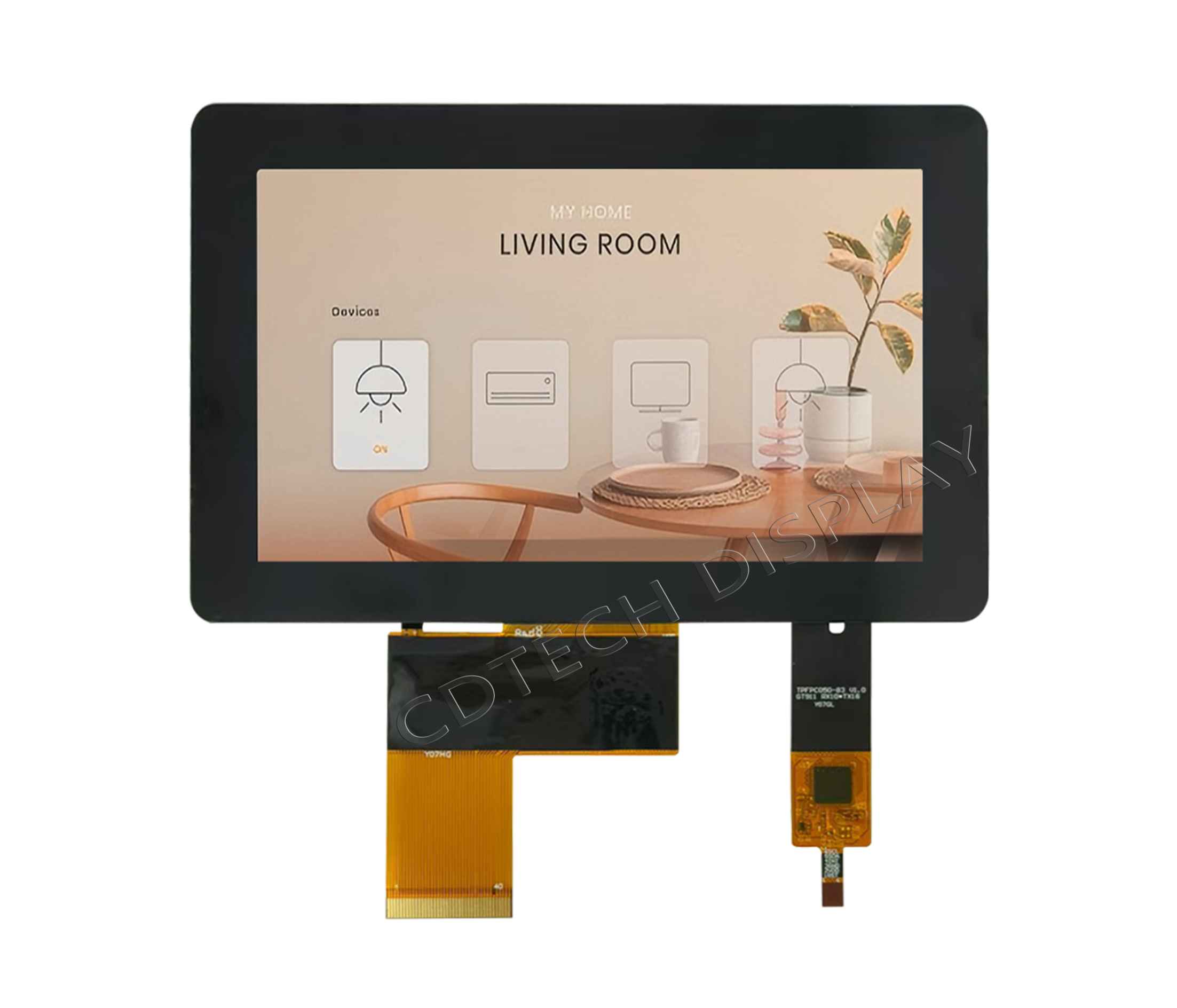
FAQ
Q: What’s an example of a capacitive touch screen?
A: Smartphones are classic examples using projected capacitive technology due to their need for multi-touch gestures like pinch-to-zoom.
Q: Can you use a stylus on a capacitive touch screen?
A: Yup, our products support active/passive pens (e.g., industrial control), making them great for precise input beyond just fingers.
Q: Why doesn’t my gloved hand work on a capacitive screen?
A: Regular gloves can block the electrical conductivity these screens need. But our customized solutions support glove operation, perfect for medical or industrial settings where hand protection is a must.

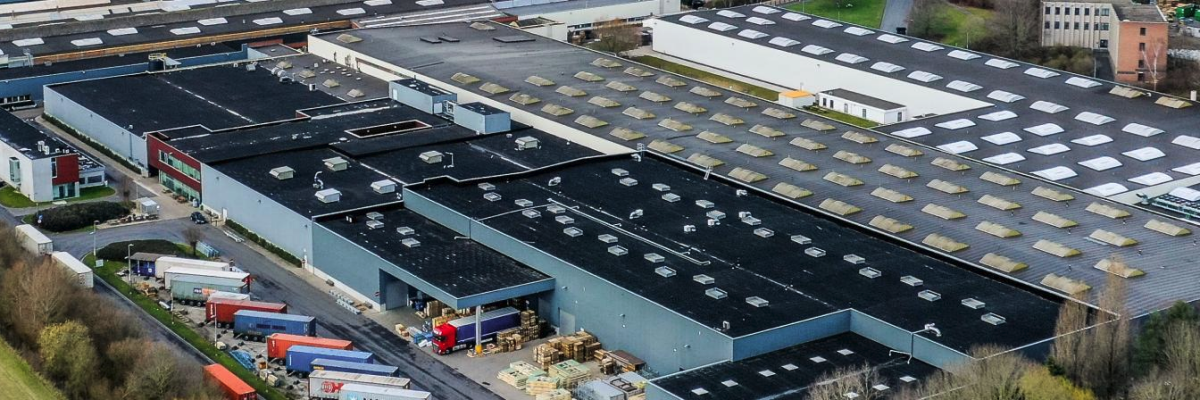
 2025-10-02
2025-10-02  11:50
11:50 